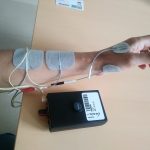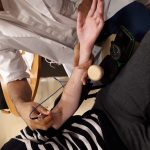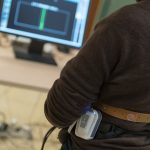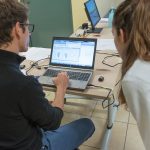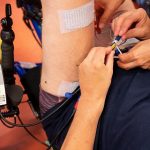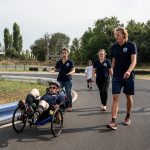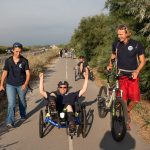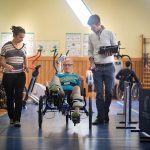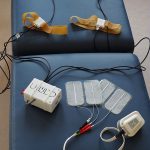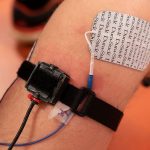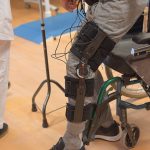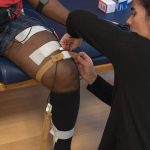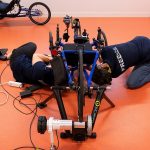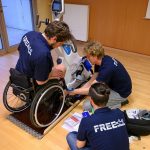Curriculum Vitae
1987-1990: Eng. Diploma, Ecole Centrale de Paris, in Biomedical Engineering.
1990: Msc, Paris XI, spectrochimie et techniques d’analyse biomoléculaire.
1992 : “agrégation de Physique” High level teaching diploma in applied physics.
1990-1993: PhD Degree “Système de contrôle du mouvement du membre inférieur à base de réseaux de neurones artificiels: restauration de la marche chez le paraplégique” Control of the lower limb in paraplegia with Artificial Neural Networks.
Prizes
- CNRS Bronze Medal 2005.
- Grand Prix de l’Académie des Sciences 2010, “Chimie et sciences biologiques / sciences de l’information”, EADS Fundation. Information technology applied to medicine.
Current scientific community contributions
- Life member of IFESS (International Functional Electrical Stimulation Society)
- Member of IEEE EMB society.
- Associate editor of Journal of Neural Engineering
- Associate editor of Medical and Biological Engineering and Computing
- General chair of IEEE Neural Engineering conference 2015 Montpellier
- Editor of theme 6 at IEEE EMBC conference
Research activities summary
He founded DEMAR team at INRIA and LIRMM in 2004 after being involved in different European Projects at the school of Medicine of Montpellier and INSERM lab. Now he is in the research director position at INRIA.
For more than 10 years he was involved in projects and teams working on rehabilitation based on FES (Functional Electrical Stimulation). The main areas of interest concern: (1) modeling of sensory motor system, in particular the striated muscle, (2) designing advanced implantable neuroprostheses to restore motor functions. Apart from this theoretical work, David Guiraud was regularly involved in clinical research activities in close relationship with surgeons and physiotherapists. This leads to the definition of rehabilitation protocols but also applied clinical research activities such as quiet standing for paraplegia, fatigue assessment, movement synthesis and control.
To restore more complex sensory and motor functions such as movement, David Guiraud currently works on the development of neuroprostheses that may provide for non rectangular stimulus shapes and may drive multipolar electrodes. They have also to spread over multiple target sites so that he proposed a implanted network of neuroprostheses, a new architecture with only one worldwide competitor but which is based on old thus limited technology. His research addresses new distributed architectures in order to fulfill requirements such as: (1) minimizing surgery, (2) allowing incremental features through independent implantable units, (3) local complex stimulation pattern generation on multipolar electrodes to achieve selectivity, (4) higher robustness and safety.
Simulation, movement synthesis and control, signal processing can support the research developments and can help to evaluate the effect of neuroprostheses through objective and quantitative evaluation. Moreover it can help to optimally program these neuroprotheses which complexity is regularly increasing. David Guiraud works on some theoretical results in this domain, particularly on muscle modeling and movement synthesis and control for spinal cord injured patients, with few software development dedicated to isolated muscle simulation up to one degree of freedom joint such as the knee. At the beginning of his career David Guiraud worked a lot with AIMD (Active Implantable Medical Devices) industry so that he is still advisor for such companies and provides for scientific and technical advices.


